My week with the Mini Countryman EV made me realize it was perfectly ok to appreciate the finer things in life
Maybe style over substance can be good?
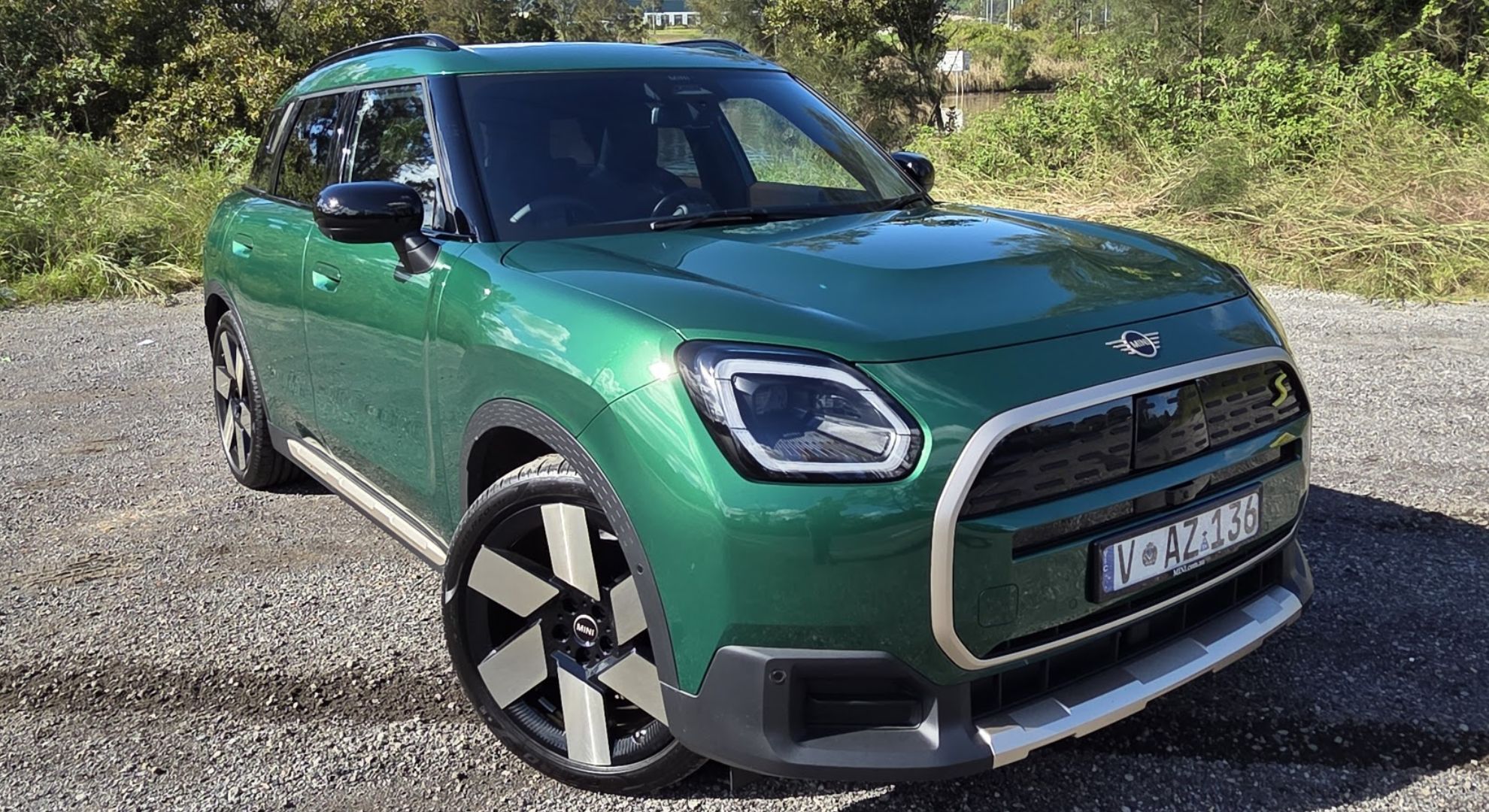
Up until now, I’ve generally valued function over form when it comes to electric cars – decent range estimations, pricing and fast recharging speeds taking priority over things like style, in-built operating systems and ultimately, comfort. The Mini Countryman, for as serviceable as its battery range is and how fast it can charge, focuses more on aesthetic talking points – and I have no trouble saying it won me over.
It’s easy for folks to be cynical about modern Minis, given how large and expensive they’ve become compared to the original 1959 Mark I. But BMW’s repositioning of Mini as a luxury automaker (positioned under the German company’s own cars) has exposed a nice silver lining – Minis are really fun. A lot of hey is made over ‘go-kart feeling’ with a modern electric Mini, but there’s so much more on offer than this talking point might suggest.
I’d never used a car operating system that has properly excited me before, and that’s exactly what happened with the Countryman. Rather than use the OS for a bit before resorting to Android Auto as I often do, Mini’s unique circular OLED infotainment display drew me in, and its fun feature layout (and handy user interface) kept me captivated. Admittedly, Mini’s support for phone-based operating systems could be better, but at least what’s on offer here is solid.
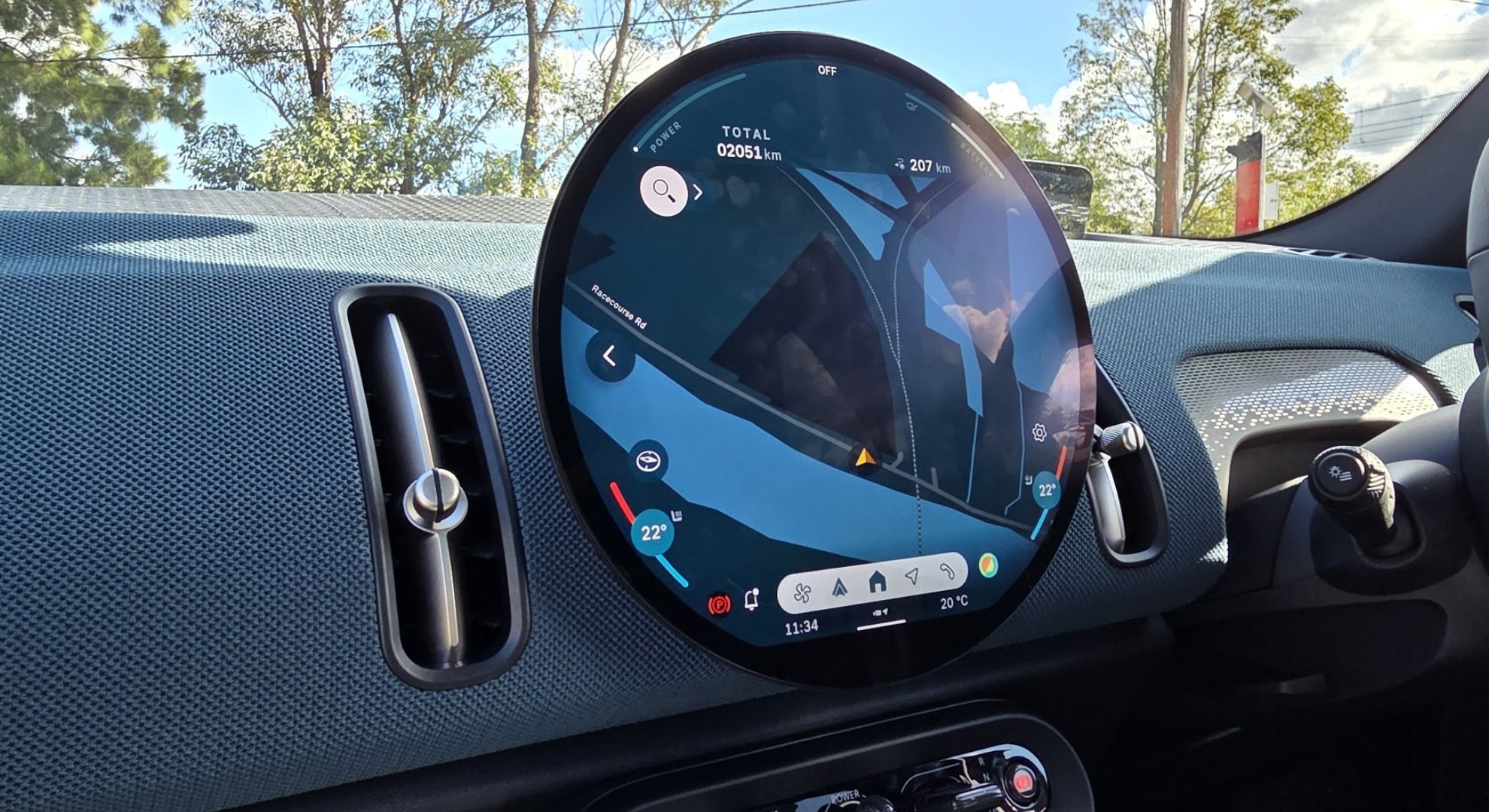
The Mini Countryman also doesn’t disappoint when it comes to driving feel. Available as a FWD with its base trim and AWD for the top-end version (which is the model I tested), the Countryman handles quite well for an SUV. Despite being boxy, it’s not a particularly big car, and given that it’s dotted with sensors and cameras all around its panels, it’s quite easy to get in and out of tight spaces.
Driving range is fairly middle of the road for an EV of the Countryman’s price, as is recharging speed – I would have liked both to be more impressive, but I’m willing to forgive this given how good the presentation is.
What does feel a bit egregious is the optional subscription. There are great features that you’re simply locked out of if you’re not paying a monthly bill (the subscriptions vary in features and cost depending on the market). This includes some extra navigation data and, believe it or not, the ability to install and use apps like Spotify.
Never mind that, though, because anybody who isn’t interested in paying can easily get by with the free navigation package built into the car and music playback via their phone – connected via Apple CarPlay or Android Auto, of course. Thankfully with this model, Mini hasn’t joined the growing number of EV automakers that don’t include a charger with the vehicle, so you won’t have to worry about buying one separately.
Sign up for breaking news, reviews, opinion, top tech deals, and more.

Mini Countryman specs
Specs | Mini Countryman |
Country of origin | Germany |
Price | Mini Countryman E: Not available in USA / £33,005 / AU$64,990 Mini Countryman SE All4: $45,200 / £46,600 / AU$72,990 |
Range | Mini Countryman E: 462km (WLTP) / 287 miles (WLTP) Mini Countryman SE All4: 433km (WLTP) / 269 miles (WLTP) / 212 miles (EPA) |
Battery size | 64.7kWh (both models) |
Power / torque | Mini Countryman E: 150kW / 250Nm Mini Countryman SE All4: 230kW / 494Nm |
Maximum charging capacity | Mini Countryman E: 7.4kW AC / 130kW DC Mini Countryman SE All4: 11kW AC / 130kW DC |
Quoted recharge speed | 29 minutes (10% - 80% via 350kW charger) |
Drivetrain | Mini Countryman E: FWD Mini Countryman SE All4: AWD |
Dimensions | 4,445mm L x 1,84mm W x 1,636 H |
Boot capacity | 460L (1,450L including rear seating) |
Sometimes a gimmick works
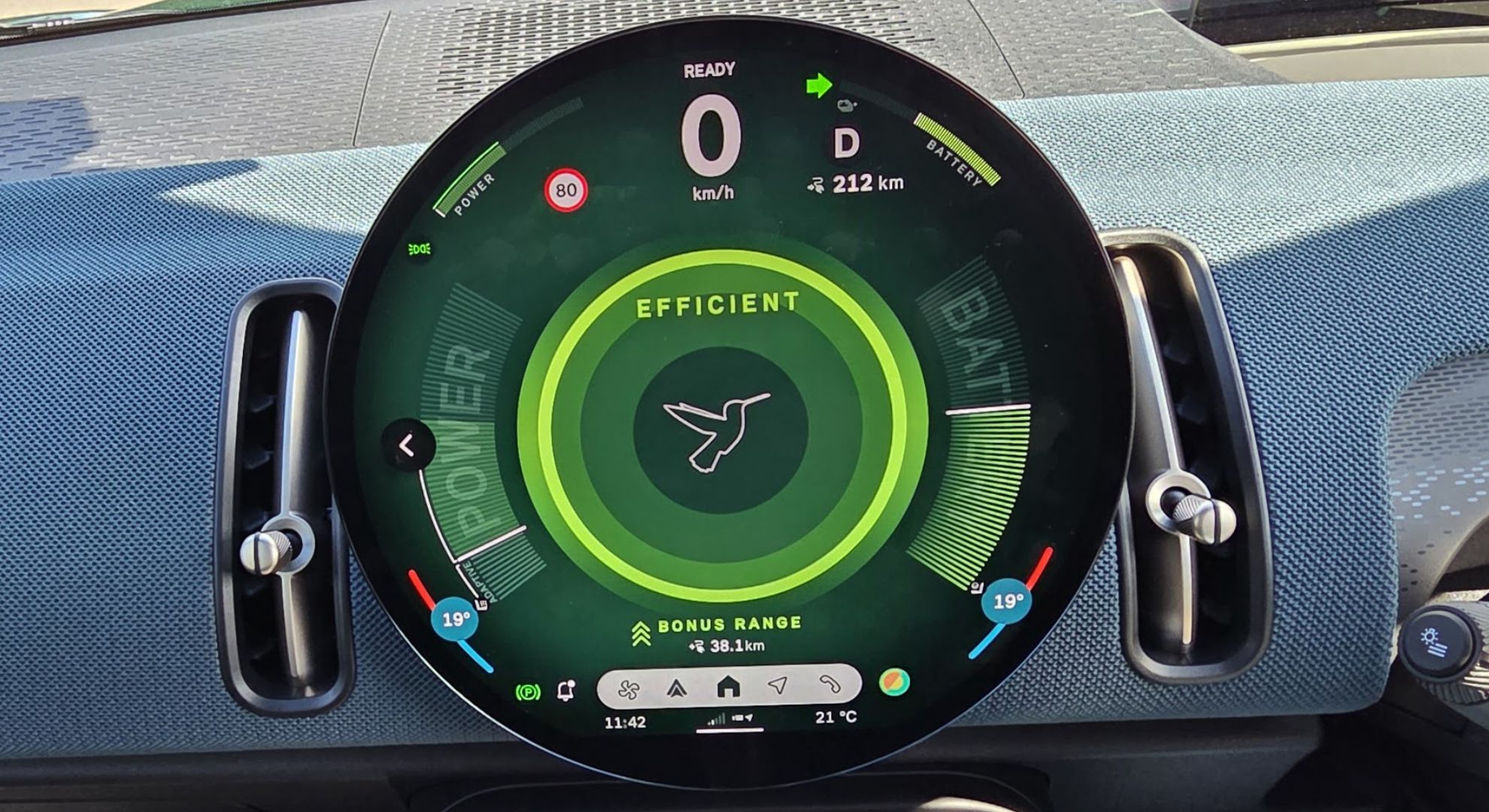
The Mini Countryman has to be one of the coolest-looking small SUVs on the market right now. Distinctively boxy and giving off a fun, sporty aura, the Countryman features LED head and brake lights that can be set to three layouts – a great option to have, as I’m not too fussed about the Union Jack layout used on the rear of some other Minis.
That’s just one example of the customization power bestowed upon you. Another is the driving style selector – a flickable switch to the bottom left of the centre screen will change between six styles. These styles reprogram not just the feeling of the car on the road (including regenerative braking power, acceleration and steering feel) but also switch up the interior lighting and the graphics as they appear on the centre console.
Styles are more than just the switching of driving modes that you find in many other EVs – in a Mini, you’re loading completely different assets that impact a wide range of apps. Some of them are brighter than others and therefore are poorly suited to night driving, but on the whole, it’s an exceptionally cool feature that adds a level of personalization that I’ve never seen before in a car.
The Go Kart mode, for example, fills the navigation screen with red assets and the speedometer screen with tons of additional stats (such as a weight distribution read-out). Meanwhile, the Green mode will monitor how hard you’re accelerating or decelerating to give you an indication of whether you’re efficiently driving the car or not.
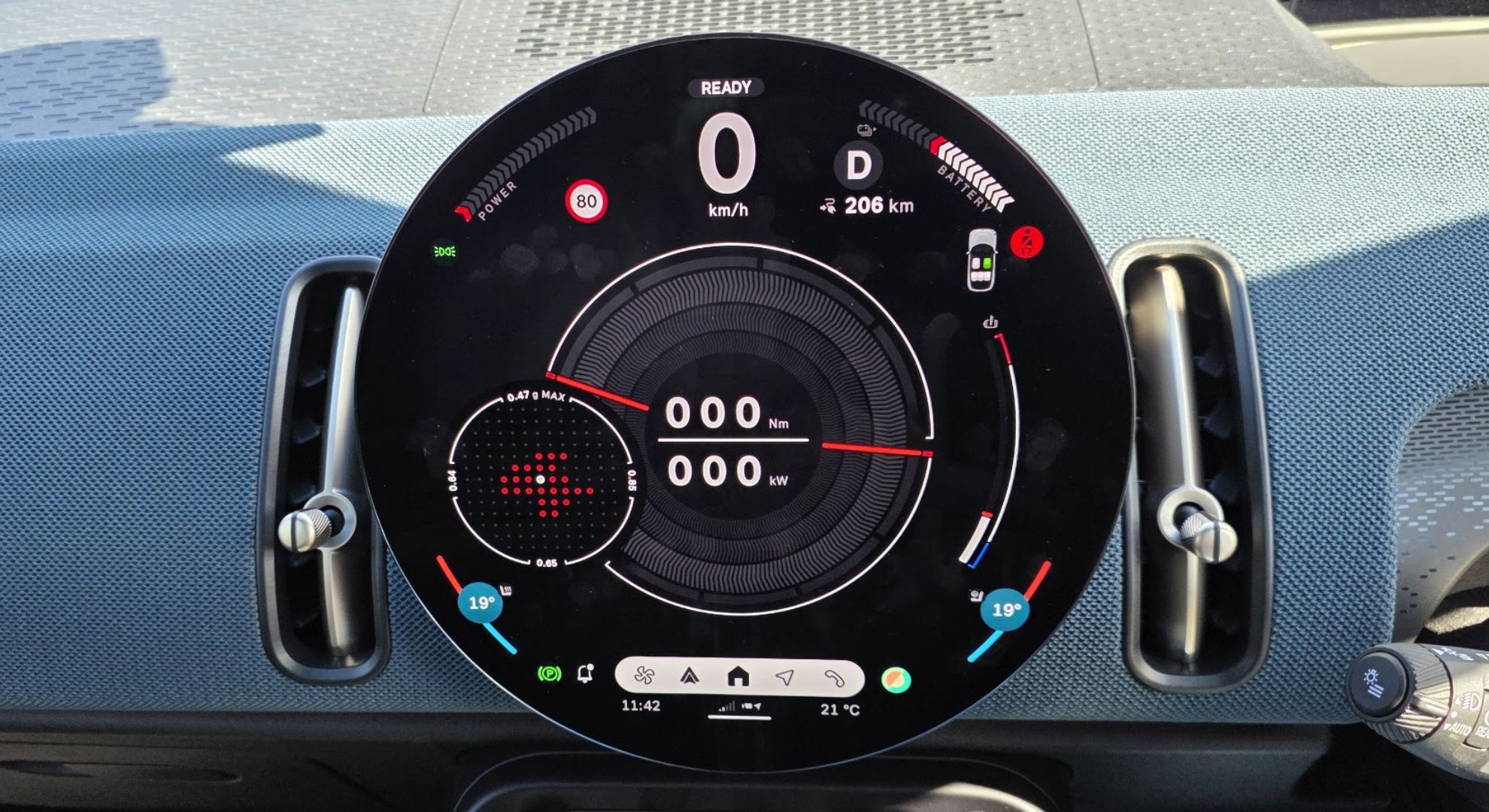
The unique circular centre screen is just so much fun that I can’t help but love it. It doesn’t add anything new to the automotive conversation, but it is oozing the cool factor, with the operating system built around the circle profile. Car infotainment systems, even with large screens, have primarily gotten to a point of just being boring, but I would never apply that description to the Mini Countryman.
Seeing the in-built navigation app perfectly adjusted to the dimensions of the unique screen rocks, and it’s cool that Mini has a retro spin on the centre console’s speedometer, its traditional space in an original Mini.
The infotainment system isn’t perfect for reasons that I’ll get to in the next section, but at least it’s fun. Similarly sized and priced EVs from other automakers tend to strip away styling, but in a lot of ways, it’s the main focus of the Mini.

The Countryman is brimming with style even beyond the unique centre screen. A gorgeous weave interior is a nice change from standard leather. A physical switch resembling the feel of a turn-key ignition turns the car off and on, and shifts from drive to reverse with a touch of retro flair.
This aesthetic obviously extends to the exterior, which references the iconic profile of classic Minis. There really isn’t a boring angle on the Countryman.
And the Mini designers have deployed technology well in an unobtrusive way. The holographic HUD behind the steering wheel is nice and easy to view. The dynamic navigation directions that appear on the centre screen (indicating when you should turn or which lane you should be in) are quite helpful, and the surround camera system is fairly responsive and shows just enough detail.
I personally think that the Countryman’s efforts to look and feel cool offset its shortcomings, but while I’d happily own one of these compact EV SUVs, it’d be remiss of me to leave the drawbacks of this Mini unsaid.
It’s not winning any championships
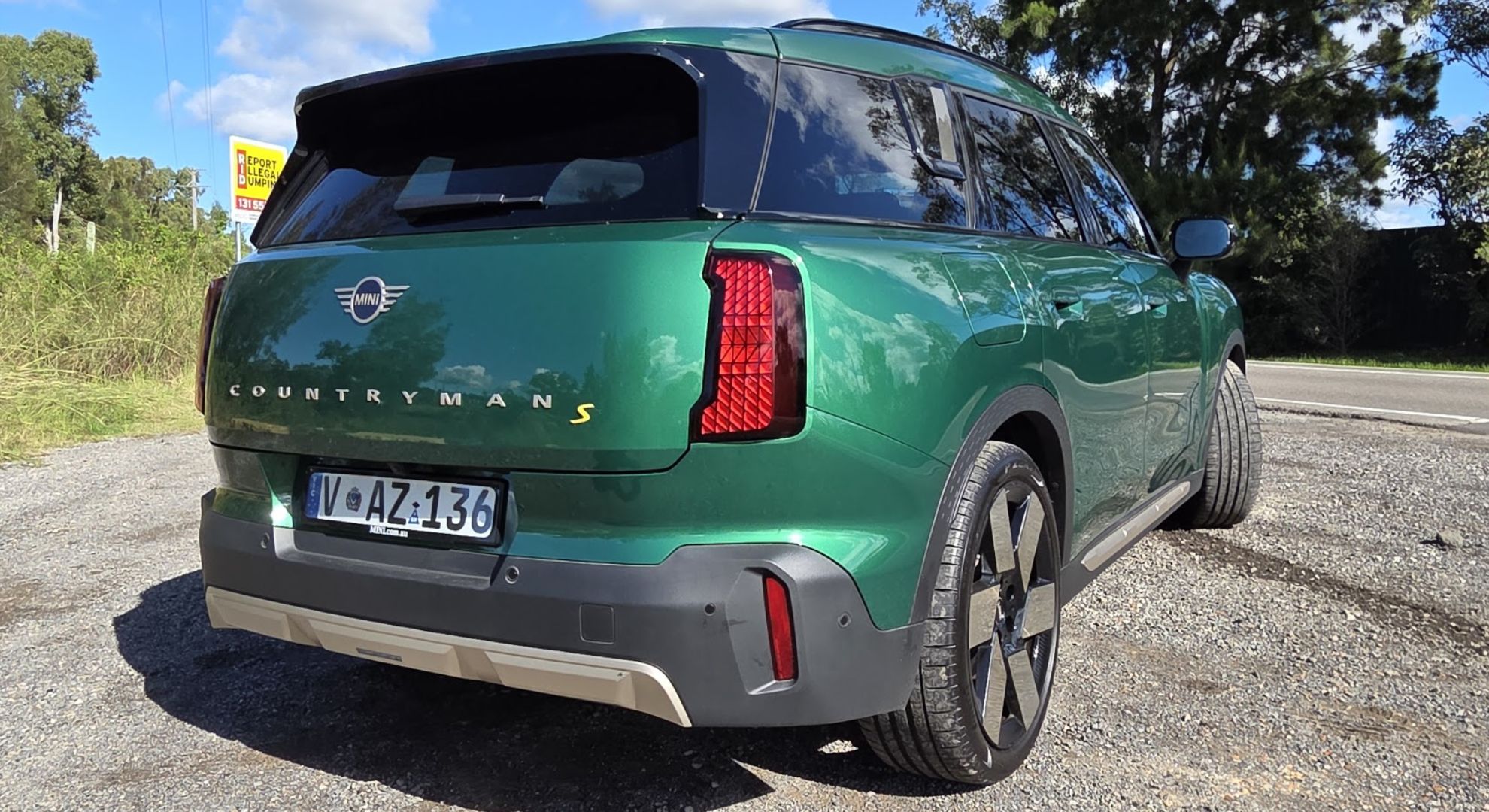
It’s a shallow argument to simply say that the Mini Countryman is outpaced by cheaper rivals. The BYD Sealion 7, MG S5, Xpeng G6 and Geely EX5 may offer faster charging speeds, greater 0-100km/h acceleration, longer range and ultimately lower prices, however, the Countryman has an aesthetic appeal that’s completely unmatched by any of its competitors – and arguably any other car, period. Rather, the Mini Countryman’s greatest weakness is that it overcommits to the bit.
For as cool as a circular screen is, the periphery of that design is subject to awkward mispresses, where it’s often difficult to tell if you actually tapped an icon or not.
The holographic HUD, in place without an instrument cluster, is dependent on your eye level – and upon getting into the car, I had to adjust the projected direction so that I could actually see my speed readout. This is obviously a non-issue with a standard instrument cluster, with the only obtrusive thing being the steering wheel, but I can see it being annoying when sharing the car between drivers of different heights.

Chief among my criticisms is the subscription – a monthly or annual bill for features you might otherwise consider essential in a new car in 2025. This includes a native Spotify app and advanced navigation features. To be fair, subscriptions aren’t unique to Mini’s cars – Tesla has been charging for basic features since 2022 – but it’s still disappointing. It’s a decision that’s going to put some people off buying the brand’s cars, and, personally, an issue that’s compounded by the fact that I can name dozens of EVs where this isn’t a thing.
A saving grace is that the subscription isn’t necessary, and I never felt the need to sign up for it while I was testing the Countryman. I was happy to use Spotify via Android Auto during my week with the car while relying on the Mini’s in-built nav – but even this is kind of annoying. Look at this image below of Android Auto projected to the Mini’s display and tell me this is a considerate use of screen space.
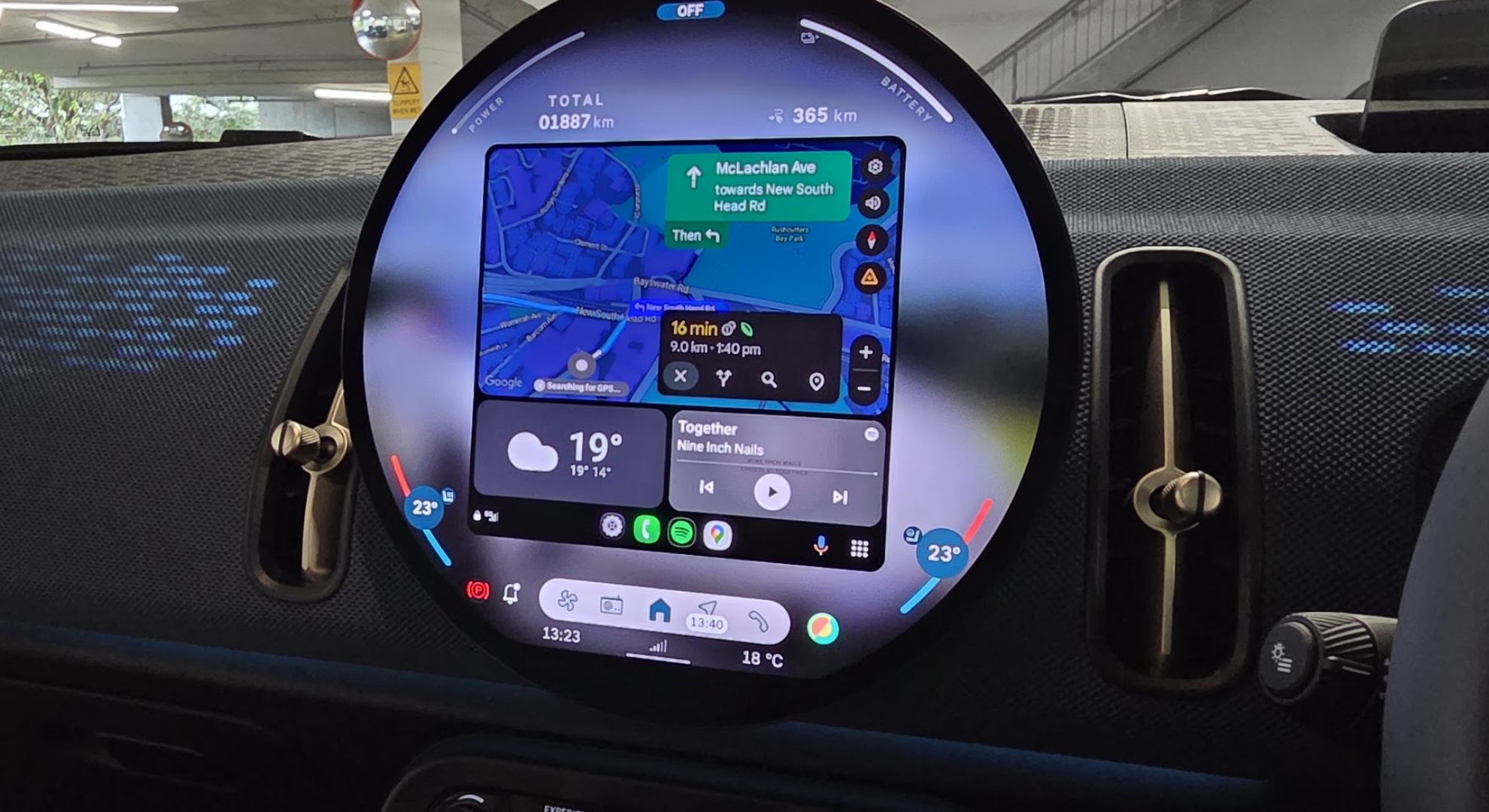
An EV for a style lover
I wouldn’t go as far as calling it the best-looking EV on the market, but the Mini Countryman is certainly among the best. If you want a car that refuses to be boring, Mini has you covered, with a very detailed operating system and a commitment to aesthetics that feels complete all the way around.
Just be aware of the subscription costs when you go to purchase your car – you may not see the need in paying for the additional features, but you may also see the value in a more seamless experience.
The Mini Countryman is an extremely attractive car for its class. It holds up well against competitors like the BMW iX1, the Hyundai Ioniq 5 and the XPeng G6.
You might also like...

Zac was part of TechRadar's Australian phones desk, covering the big releases from the likes of Google, Samsung and Apple. He continues to write about the Aussie EV market for this publication. He's previously written for Gizmodo Australia, Canstar Blue and The Daily Mail Australia (with articles on Nine, Junkee, Kotaku Australia and Lifehacker Australia).
You must confirm your public display name before commenting
Please logout and then login again, you will then be prompted to enter your display name.